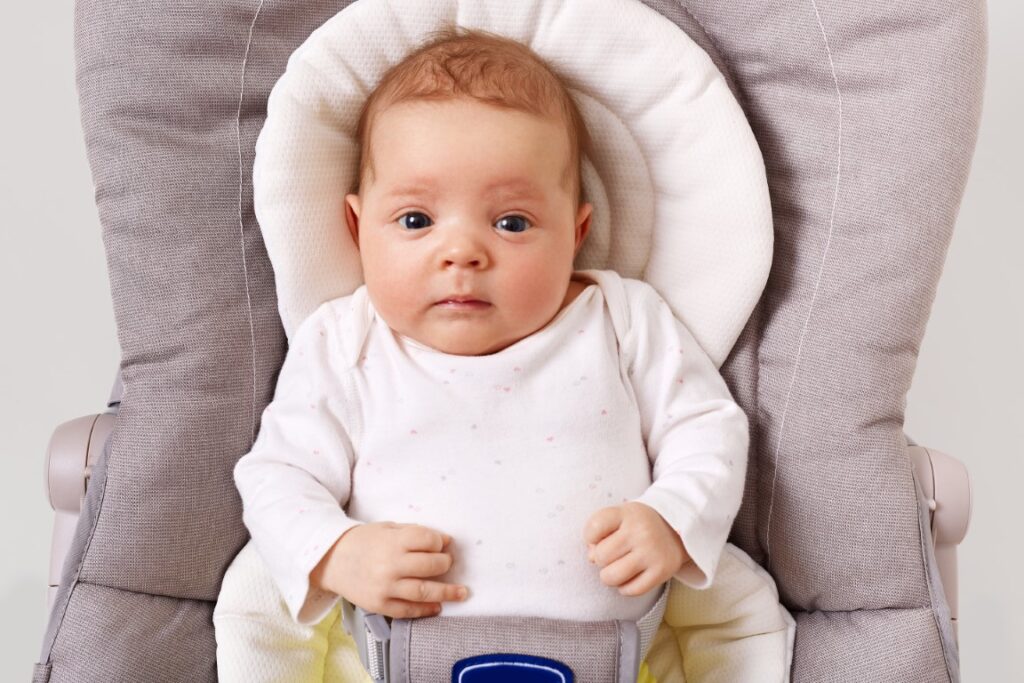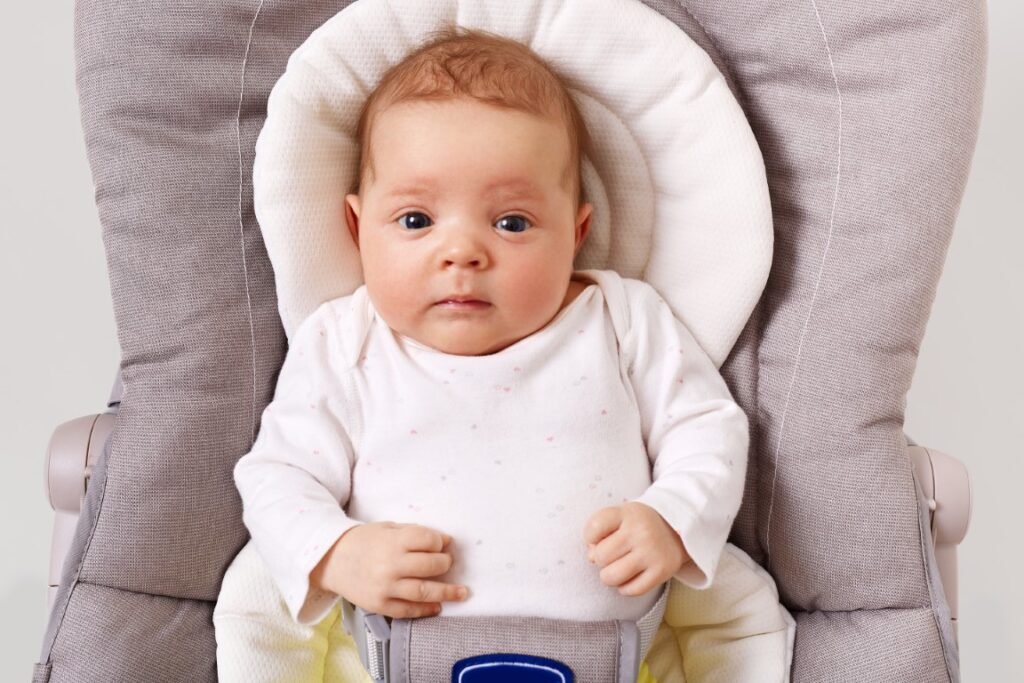Don’t worry if your nipples are flat or inverted; it’s frequently still possible to breastfeed. This is because, while feeding successfully, your baby latches on to a mouthful of breast rather than just the nipple itself.
Inverted or flat nipples, however, may make it more difficult for your baby to start sucking in the early days when their mouth is still small and their sucking is less effective—especially if they are preterm or sick.
If your nipple is flat or inverted, it may not reach your baby’s mouth roof to stimulate their palate and activate their sucking reflex. This could mean that they are having trouble latching or can’t keep a good latch for milk transfer.
How to determine whether your nipples are flat or inverted
Even when aroused, flat nipples don’t extend very far from the areola (the darker region around them).
The center of an inverted nipple dimples inward. It could always appear this way or only when aroused. Sometimes, inverted nipples might sink into the breast tissue or even retract back until they are level with the areola.
It can affect one or both nipples, and up to 10% of first-time mothers are thought to have at least one inverted nipple.
Do the “pinch test” to determine whether your nipple is inverted by gently compressing your breast with your thumb and forefinger on each side of the areola. The majority of nipples stick out, but if yours pulls back or retracts, leaving a hollow at the tip, it’s inverted.
How to latch baby on to a flat or inverted nipple
Your baby may not be getting enough milk from your breast if they happily suck on your finger but seem less interested in your breast. They could feel upset, pull away, cry, or even nod off at your breast. If this keeps happening, have a lactation consultant or a nurse look at their latch.
To make your nipples easier for your baby to latch on to, you can try the following immediately before a feed:
a. Roll your nipple between your thumb and forefinger to encourage it to stick out.
b. Compress your breast just behind your areola with your fingers in a “V” or “C” shape to cause your nipple to stick out more.
c. Touch your nipple with a cold compress or ice cube to make it stand up straight.
d. Hand express or use a breast pump for a few minutes before a feed to get the nipples pulled out.
Breast shield
If none of the above solutions work and your baby still has trouble latching on, your lactation consultant or an expert on breastfeeding may suggest that you feed your baby with a nipple shield. A breast shield is a thin, pliable piece of silicone with holes at the tip that allow your milk to pass through. It is formed in the shape of a nipple.
The breast shield gives your baby a bigger, harder target and stimulates their palate to make sucking more appealing and easy. In general, nipple shields should be thought of as a temporary fix. See a lactation consultant or breastfeeding expert if you experience any issues or pain so they can make sure your baby is latching properly while the shield is in place. To make sure that your milk supply is increasing to meet your baby’s demands, you’ll also need to keep an eye on her weight gain.
You might be able to stop using the nipple shields as your baby’s suction grows stronger and your nipples get used to nursing.




























































